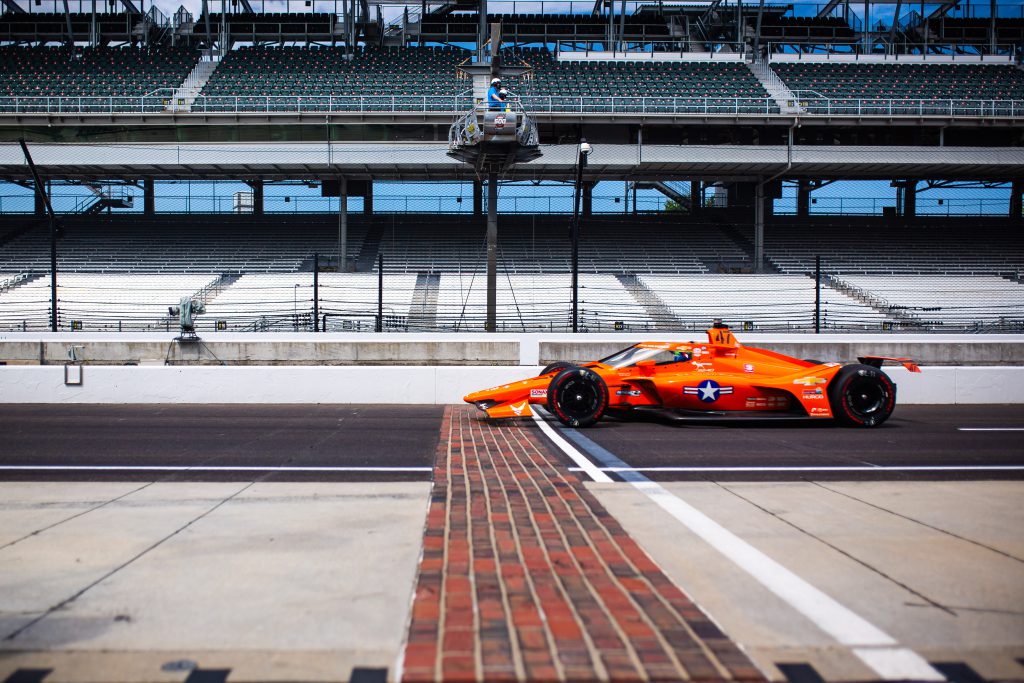Rarely does a racing team go from minnow to championship winner in the upper echelons, but it happened in NASCAR with Furniture Row Racing. Now one of the key players behind that tumultuous rise has taken his hand to IndyCar engineering, and has taken the small matter of the Indy 500 as his first event.
Cole Pearn (below left) was Martin Truex Jr’s crew chief, taking that job in 2015 after having worked for the team in various spells before. It made him the first full-time Canadian crew chief at NASCAR’s top level, and he took that title seriously.
What followed was the most amazing period of success. The team had existed since the 2005 season, and had mostly been consigned to the odd top 10 as a minnow one-car outfit. But 10 years later the stars aligned as a perfect storm of technical partnerships and having all the right people in place meant suddenly it was front row contender.
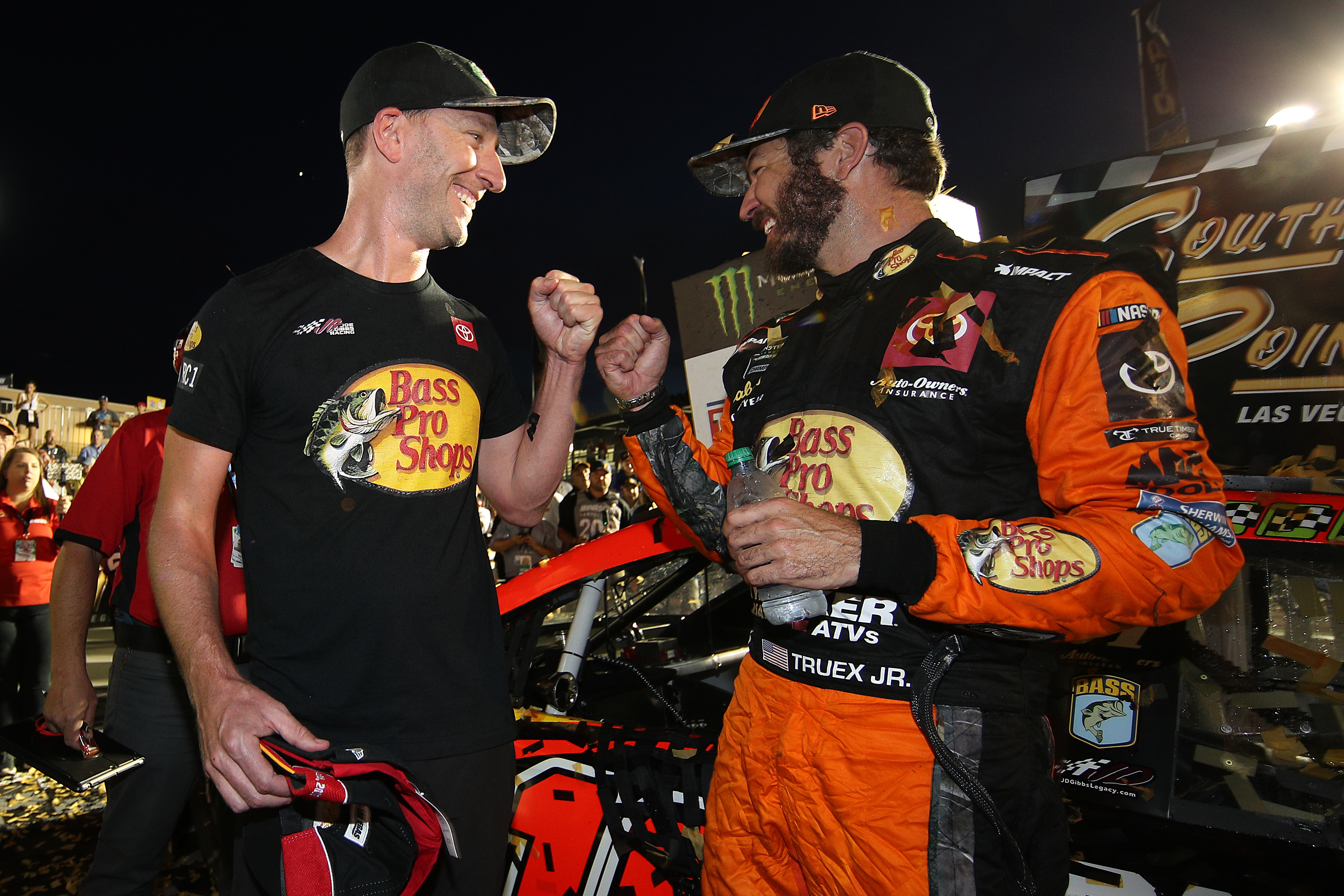
Truex and Pearn had already added the team’s second ever Cup Series win at Pocono in 2015. For the following season the team signed a deal with NASCAR heavyweights Joe Gibbs Racing and joined Toyota, which really spurred on its success.
It wasn’t the fastest start to the Joe Gibbs partnership as the team finished 11th in the first season, but in 2017 the outfit put together a championship run, culminating in a last-round win at Homestead which delivered Truex and Pearn the title.
The duo finished second in the championship the following year, but that was it for Furniture Row as owner Barney Visser sold his entry and Truex and Pearn moved over to Joe Gibbs full time in its #19 entry. That was the start of the path that led Pearn to IndyCar.
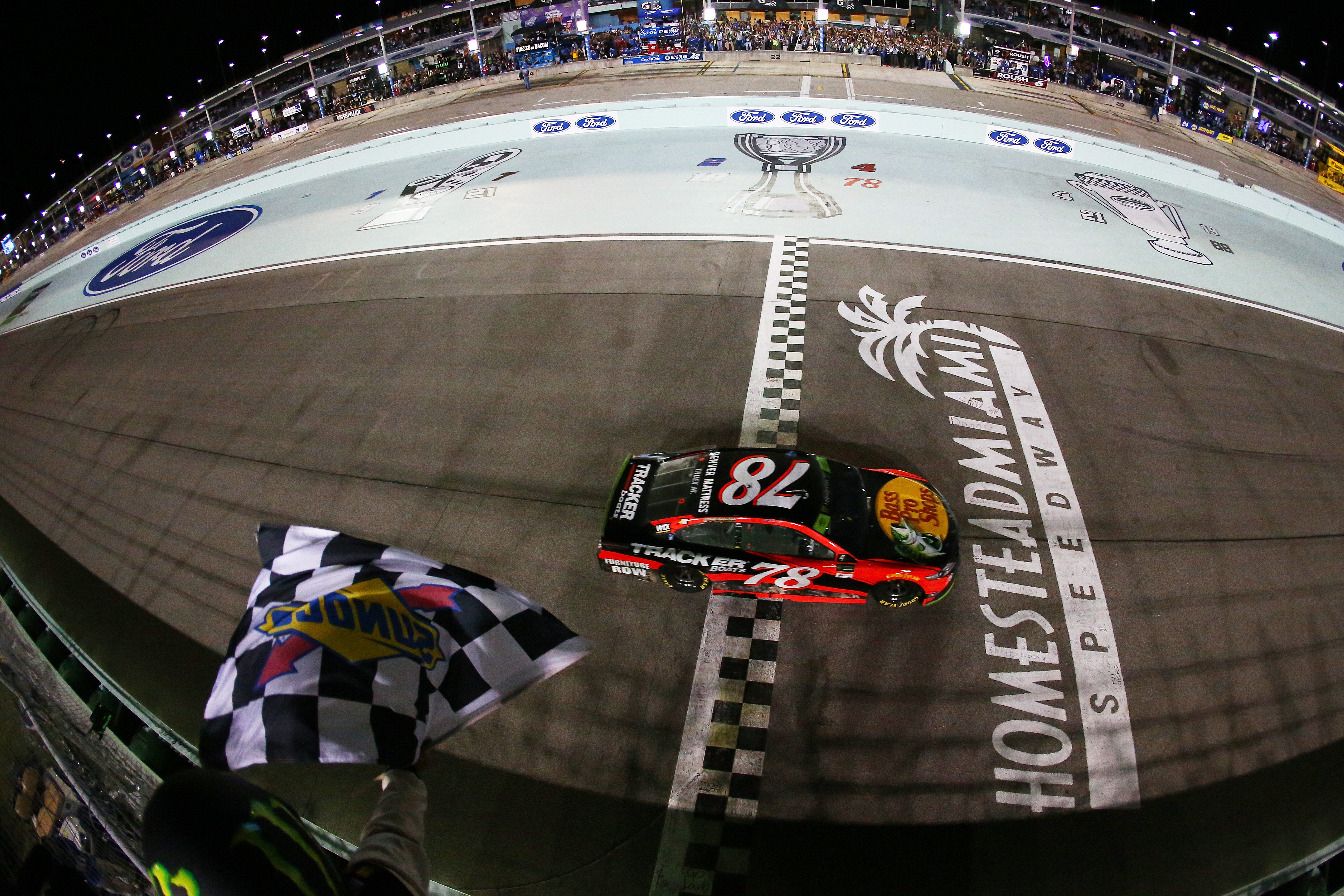
Furniture Row had been based out of Colorado, where Pearn could enjoy the great outdoors. But moving to Joe Gibbs in North Carolina made that more difficult. Furniture Row engineer and friend of Pearn, Pete Craik, elected to instead move to Indianapolis to work as a race engineer at Ed Carpenter Racing, while Pearn gave Charlotte a shot.
Truex finished second again in 2019 – leaving Truex one point short of a superlicence for F1 in what was an incredible three-year stint that included switching teams. But at the end of 2019 Pearn cried enough and moved to British Columbia to start a ski resort.
However, Pearn has always been attracted by single-seaters, and with the coronavirus simultaneously affecting the ski trade and creating a clash for Conor Daly’s engineer for the Indy 500, it gave Pearn an opening. Ed Carpenter reached out via Craik, and the deal was done to bring Pearn back to motorsport, after such a shock exit in 2019.
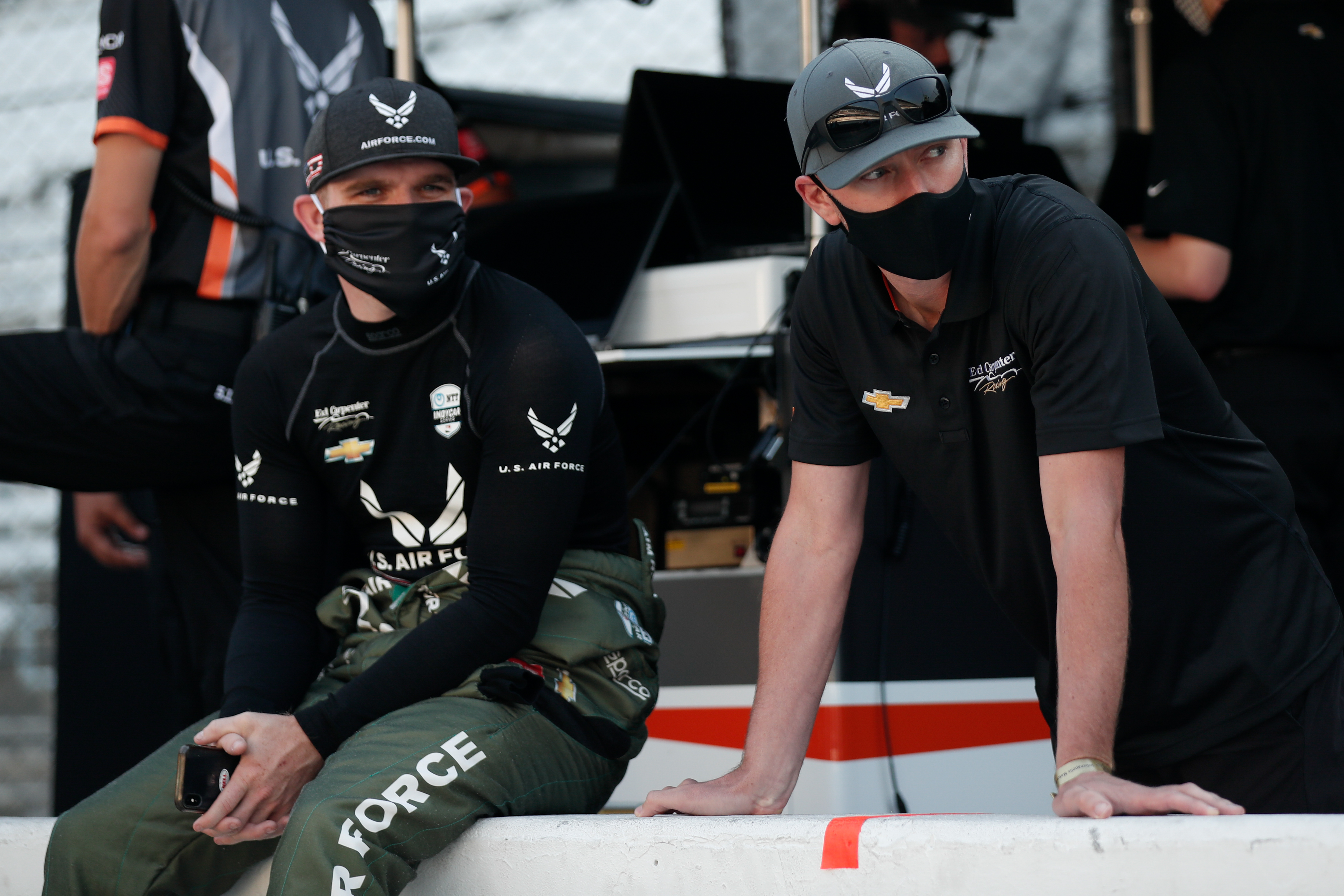
Pearn’s move has created a narrative of surprise; a NASCAR engineer throwing himself into the world of IndyCar. But at the end of the day, engineering a car is based on the same laws of physics applied to NASCAR as it is to IndyCar. Sure, it will be a challenge, but engineers that win elite championships are – shock – just good engineers!
Pearn was supposed to join ECR at Mid-Ohio, but the coronavirus forced that event to be cancelled. Still, he’s been working with the team for a few months and, as all teams are communicating a lot through Zoom between races due to the pandemic, he’s been able to fit in and adapt quickly.
“Yeah, obviously I don’t have much direct experience but at the end of the day it’s still physics,” Pearn told The Race, speaking to us before the Indy 500 got underway.
Hey, we know him!@NASCAR champion crew chief @ColePearn is @ConorDaly22's lead engineer for the #Indy500, as practice is underway for the August 23rd race at @IMS. pic.twitter.com/u3vpA0BdNh
— #NASCARPlayoffs on NBC (@NASCARonNBC) August 12, 2020
“I haven’t lived under a rock and never paid attention to open-wheel cars. So I get what goes on from that standpoint and as I dug into the data on that side of things, it’s like eerily similar [to NASCAR] in a way. You still have ride height, how to make the most downforce. You still have four tyres to try and optimize for it, so I think from that standpoint it’s, it’s super similar once you get into the squiggly line world.
“It’s kind of funny, I think the first data set I looked at for Indy I was like, ‘oh, wow, this looks like Indy!’ so that was really comforting. Just from my own experience, there all the nuances of how that track changes from, you know, a clean race track to a rubbered-in race track, from hot to cold, all those things are exactly the same.
“So I think, it’s not like you’re onto a track you never been to before. I’ve got a lot of years of experience there so I think that’s definitely going to help.”
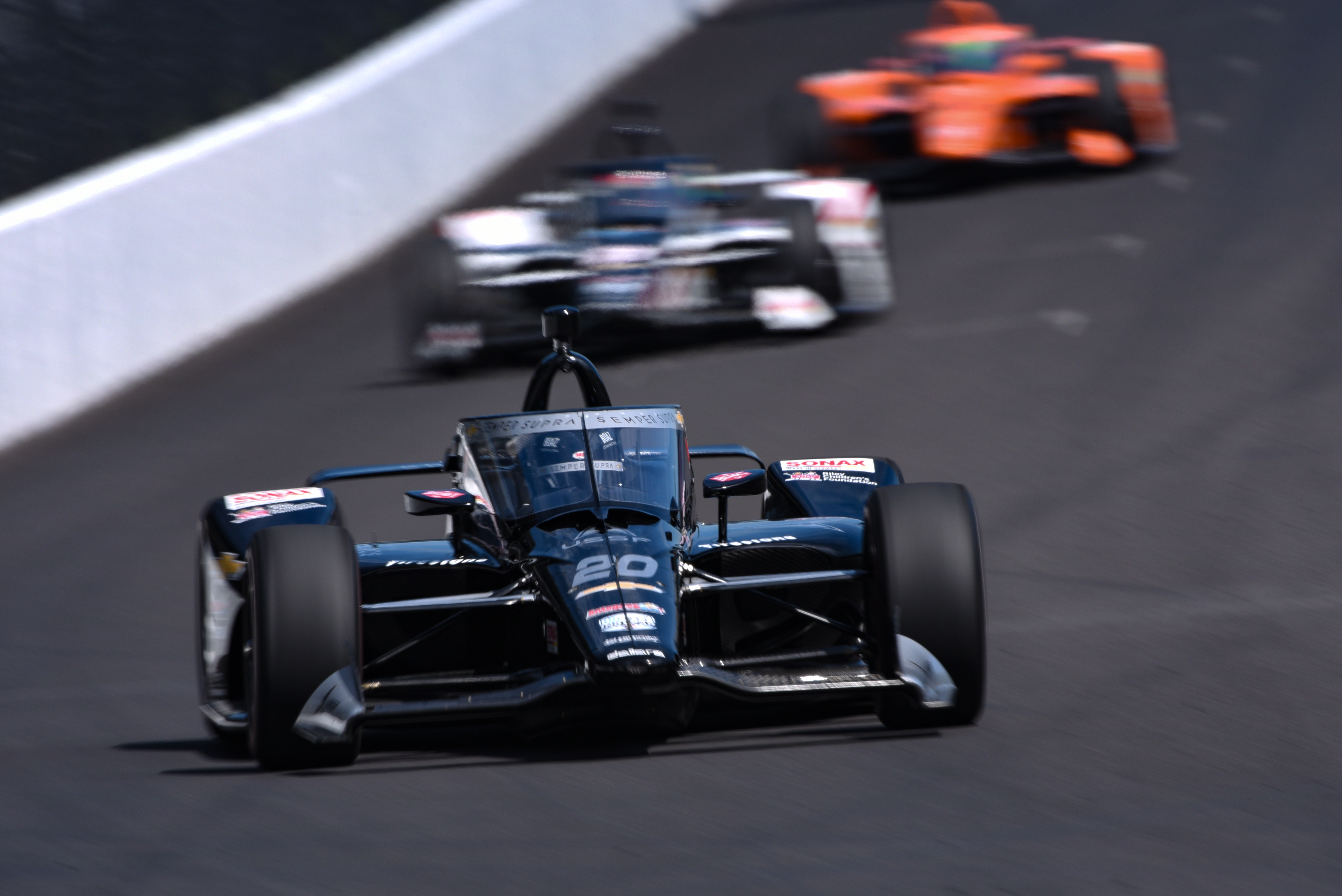
If you’d have told Pearn his driver Conor Daly would be 0.256mph slower – or 0.1744s – in qualifying than his three-time pole-sitting team-mate Ed Carpenter, both would have bit your hand off. Sadly, Carpenter is 16th and Daly 18th in part due to Chevrolet’s pace deficit in qualifying trim to Honda.
However, both cars are good in race trim, and they have less work to do than some of the other event favourites who start further back.
The biggest factor at play at Indy this year is racing in traffic. The new aeroscreen device has altered the flow of air over the car and that’s had a massive difference in terms of following another car in that turbulent air. The drivers are unsure of how big an affect it will have compared to last year, but having a good car in that turbulence is going to be vital.
Due to COVID-19, @colepearn didn't have a chance to get his first @IndyCar race under his belt at @Mid_Ohio.
Working with @ECRIndy and @ConorDaly22 in August, he has no choice but to learn as he goes.
Cole spoke with @JamieLittleTV about how his first #Indy500 is going so far. pic.twitter.com/GhxAizvHAi
— Indianapolis Motor Speedway (@IMS) August 15, 2020
Another thing that could well be vital, thinking along the same path, is Pearn’s experience from 2019. A rule change in NASCAR which affected the aero forced crew chiefs – for the first time in a long time – to switch from building the ultimate, fastest race car, to thinking a lot more about how that car would perform in dirty air. Much like in Formula 1 and at Indy, it was the be-all and end-all of pace in NASCAR last season and Pearn experienced it not just at one race, but at pretty much every race on the NASCAR calendar.
“Definitely being able to run in traffic is huge and understanding what the car does running alone versus in traffic is going to be a big part of it, which is funny,” says Pearn.
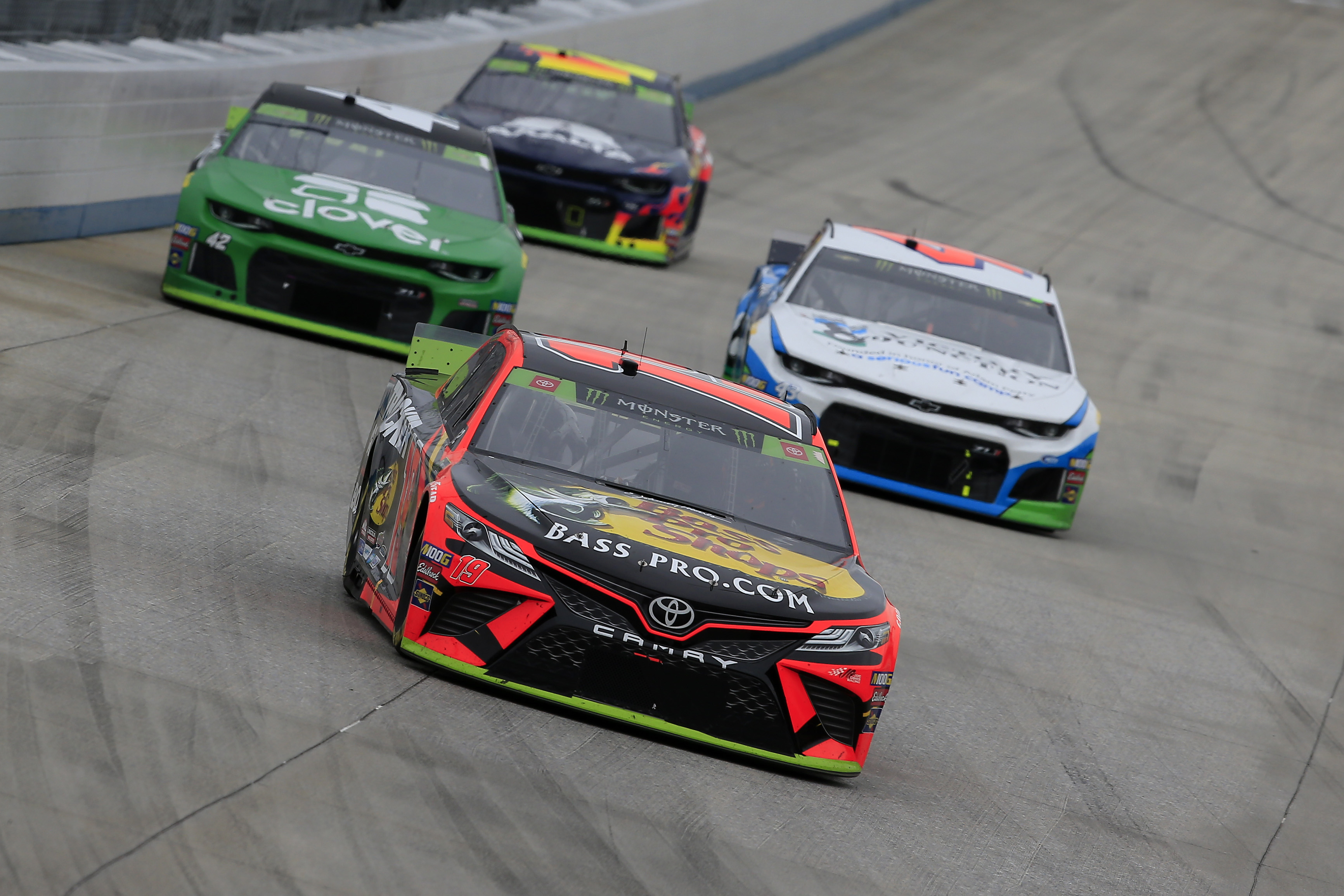
“I think if I hadn’t come through last year’s style of NASCAR racing, that’s pretty much all you do in that world, so I think from that standpoint I have a good understanding of what that needs to look like.
“We’ve been fortunate, been able to test on the simulator so I’ve gotten to know Conor a little bit that way and understand a little bit more what the handling constraints are, what you typically fight when you’re in traffic – so that’s been good and it will help you kind of look at the right things, the sensitive things to prepare for that.
“The team, they have their run-list ideas that they want to run through and, you know, having two team-mates to also rely on will be really helpful.”
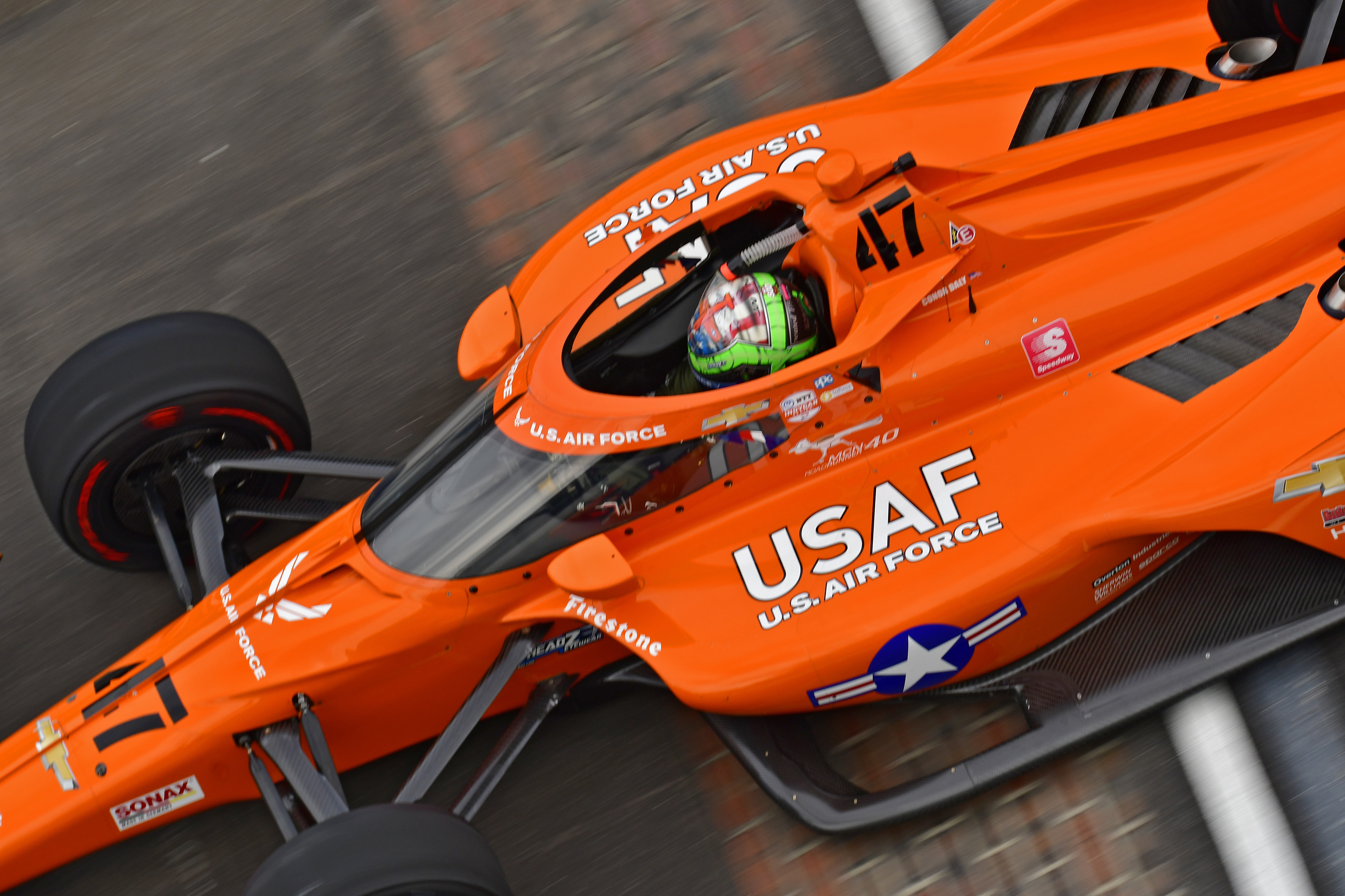
One thing the aeroscreen has done is create what looks like a fighter jet canopy on the car. To add to that, owing to its sponsorship from the US Air Force, Daly’s car is orange in homage to the Bell X-1 Chuck Yeager used to become the first person to break the sound barrier, in 1947. Both driver and engineer will be hoping to channel that history of speed come Sunday and the Indy 500.
Pearn is feeling out the 500 and wanted to tick a bucket list item off his CV. He’s not ready for a full-time return to racing much to the chagrin of fans in the US, but he’s had a good start to focusing on giving Daly a good car in race trim. Whether they can move forward in the race depends on how easy it is to overtake, but given his understanding of that style of racing from NASCAR, we can expect Pearn to be up to speed very quickly indeed.

